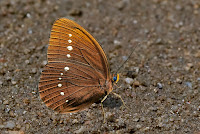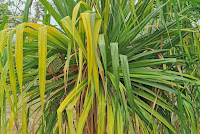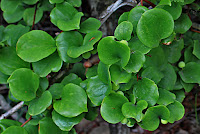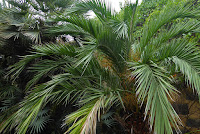<> Faunis eumeus (Drury,1773) <>
the Large Faun ผีเสื้อป่าใหญ่
Click on any photo to see large version
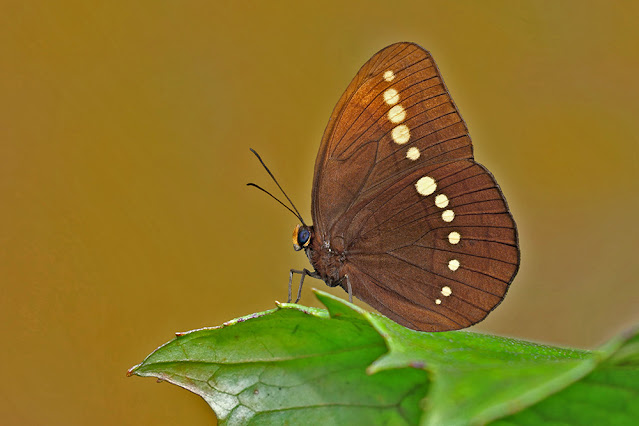
Photo taken near Luang Prabang, Laos. 550m a.s.l.

Rather patchy distribution across the region. It is not very common anywhere. The sexes are visually similar with the exception that the female has a subapical yellow band on the upper forewing. It is basically a forest dweller and prefers to stay in the most shaded areas. Multivoltine with several broods per annum. Geographically it is a quite variable species and further study is needed.
Synonyms and previously used names: Clerome eumeus, Papilio decempunctatus
Taxonomy: Animalia - Arthropoda - Insecta - Lepidoptera - Nymphalidae - Morphinae - Faunis - eumeus
Regional Distribution: India, Bhutan, Myanmar, Thailand, Laos, Vietnam, China, Taiwan, Indonesia
Habitat: moist deciduous montane forest, up to 1700m a.s.l. Wingspan: 60-70mm
Flight time: all year depending on location
Larval Hosts: Smilax bockii, Smilax bracteata, Smilax china, Smilax lanceifolia, Smilax perfoliata (Smilacaceae), Cycas revoluta (Cycadaceae), Arenga engleri, Caryota maxima, Caryota monostachya, Dypsis lutescens, Phoenix loureiroi (Arecaceae), Musa x paradisiaca (Musaceae), Pandanus tectorius (Pandanaceae), Liriope muscari, Liriope spicata (Asparagaceae), Curculigo capitulata (Hypoxidaceae). Hosts used depends upon location and availability of plant species.
Adult Food Sources: Nectar - not known to feed on nectar. Other - rotting fruit
Links to other pages in this series for species in the same subfamily

